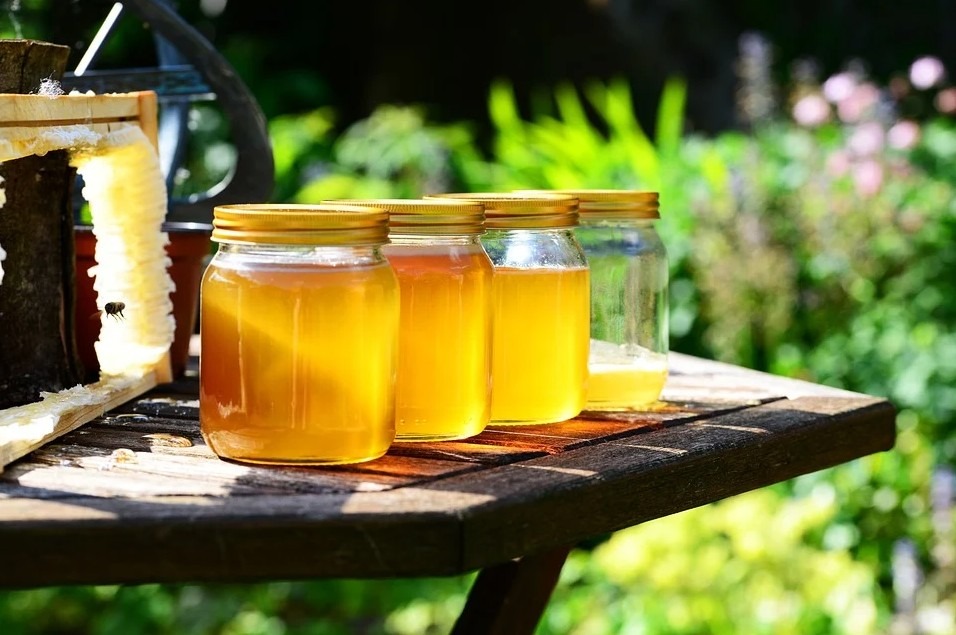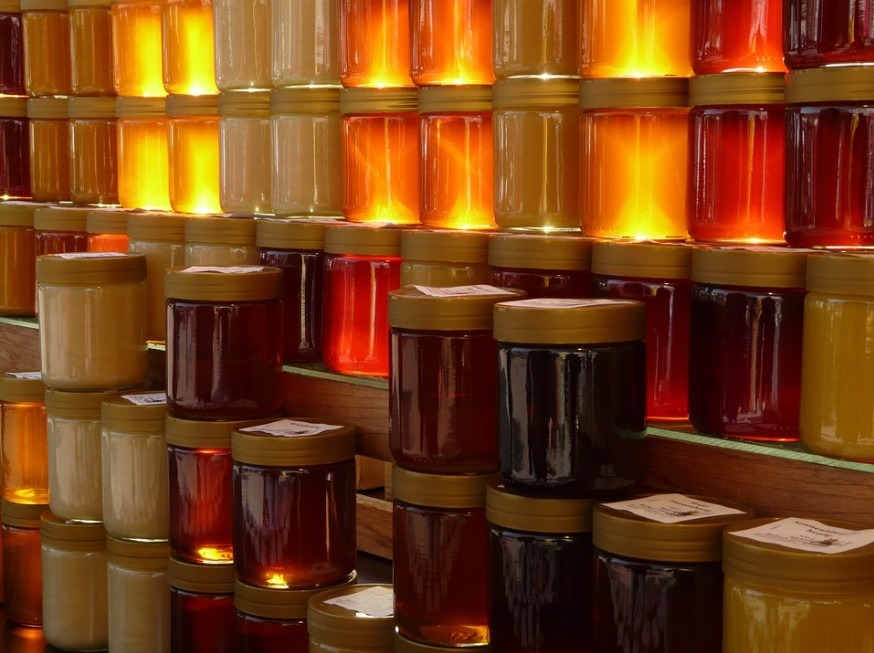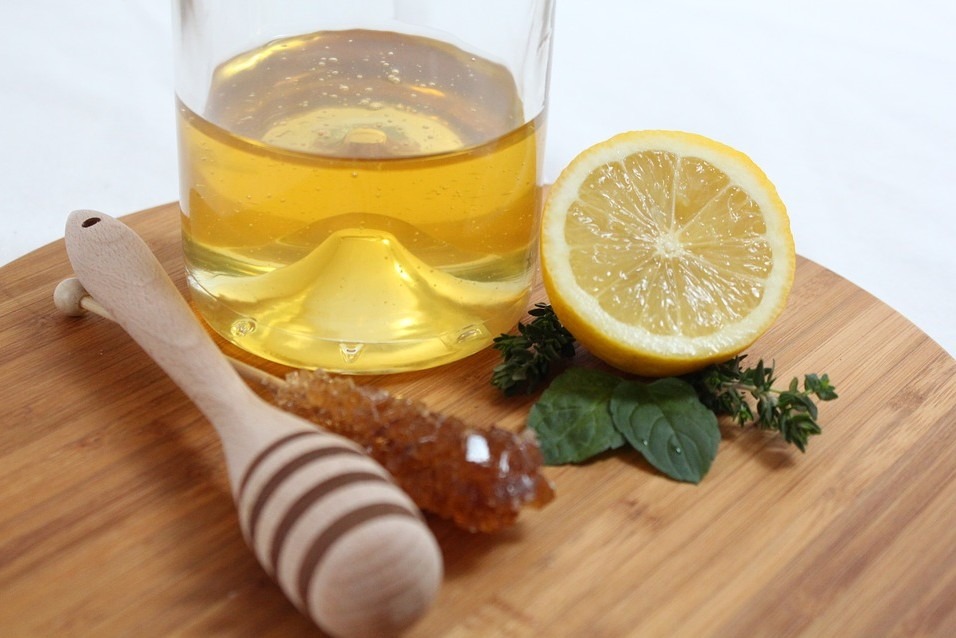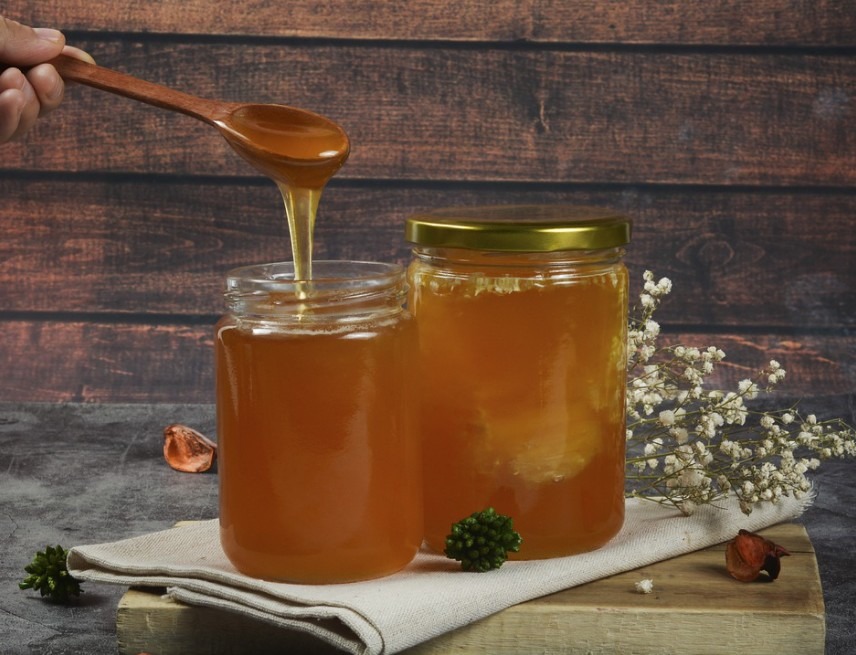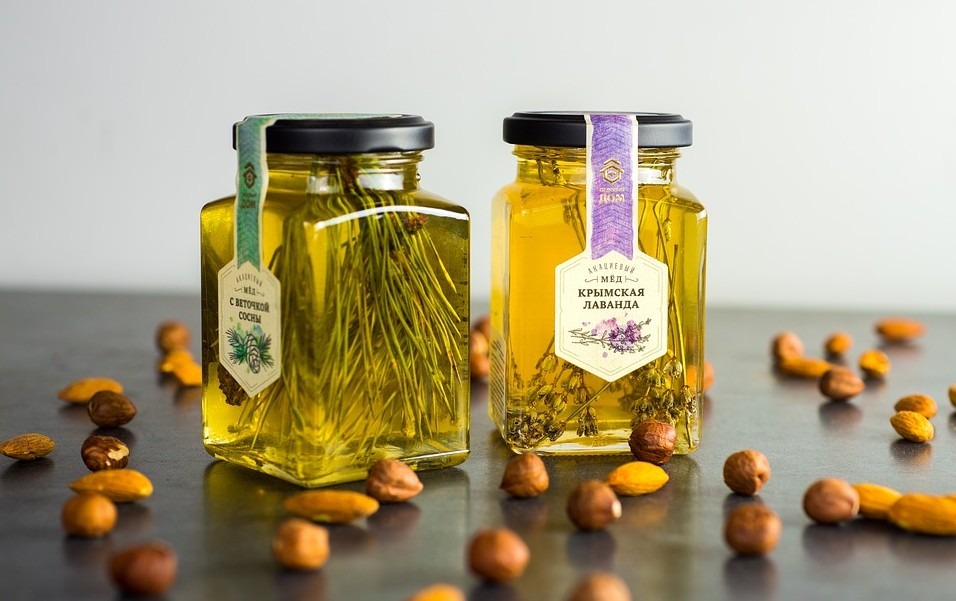Honey is known for its versatility and diversity among people since a very long time. It is a natural sweetener, nutritious, source of energy and an old treatment for healing. This sugary syrup is also an important ingredient in many skin-care products because it has the ability to treat several skin issues as well.
Honey has been utilized for its therapeutic properties widely. It contains 200 substances and is composed of glucose and fructose primarily. Moreover, fructooligosaccharides, vitamins, enzymes, minerals and many amino acids are also present in its composition. The formation of honey depends totally on the type of plant from which the bee has taken nectar. However, almost any kind of natural honey has flavonoides, phenolic acid, reduced glutathione (GSH), superoxide dismutase (SOD), peptides and Millard reaction products. Mainly these compounds function together to offer an antioxidant effect.
Physical Characteristics of Honey
In addition to taste and composition, honey has a lot of significant qualities. Honey – when freshly extracted, is viscous in texture, but its viscosity varies with its water content and composition.
Apart from texture, the colour of organic honey is also versatile, ranging from clear to colourless and amber to several shades of yellow. Although the colour depends on age, storage conditions and botanical origin, but clarity or transparency relies on the suspended particles like pollen. When this sugary syrup is crystallized, its colour becomes lighter because of the white glucose crystals.
Furthermore, Honey crystallization is a result of monohydrate glucose crystals formation, which may differ in shape, number, quality and dimension. In short, high glucose level and low water content can accelerate the process of crystallization.
Traditional Uses Of Honey
As showcased by Stone Age Paintings, Honey is used by human for 8,000 years. The ancient Egyptians, Chinese, Romans, Greeks and Assyrians employed this miraculous organic solution for healing wounds and curing many diseases. Mentioned below are a few benefits of honey that have been availed by ancient civilization many years ago.
1. Honey in Ayurveda (Indian system)
Ayurveda is a compound of two words, ‘âyus’ refers to “life principles” or “life”, while ‘veda’ means “a system of knowledge”. Roughly, ‘Ayurveda’ is translated as “knowledge of life”. According to the primitive Vedic culture, honey is considered as one of the remarkable gifts of nature to the mankind. Moreover, the texts of Ayurveda revealed that honey is extremely beneficial for people with weak digestive system. Also, honey is regarded significant for the treatment of cough, and for keeping gums and teeth healthy. Because of its hypnotic action, honey is used for treating insomnia for a long time. Additionally, Ayurvedic experts suggest honey to cure skin disorders (including wounds and burns), palpitations, cardiac pain, anemia and lung imbalances.
Ayurveda has an old history of using honey for several eye ailments. It is also said to prevent cataracts and improve eyesight.
2. Honey in Ancient Egypt
Being mentioned in 900 remedies for 500 times; honey is known as a famous Egyptian drug. In fact, most of the Egyptian medicines are a combination of honey with milk and wine. This sugary Syrup was also offered to the deities as a sacrifice by the ancient Egyptians. To your surprise, honey was also used for preserving dead bodies in those times.
This miraculous solution was used for healing infected wounds because of its antibacterial properties. Also, honey was utilized as a tropical remedy in the form of ointment.
3. Honey in Ancient Greece
A traditional Greek beverage known as “Oenomel” is made of grape juice and honey. This beverage is also used as a cure for several nervous disorders and gout. A well-known Greek scientist Hippocrates prescribed oxymel (honey and vinegar) for pain relief, hydromel (honey and water) for quenching thirst, and a solution of water, honey and other medicinal substances to cure acute fevers. Moreover, he used honey for contraception, baldness, wound healing, cough, eye disease, sore throat, laxative action, topical antisepsis and for the treatment and prevention of scars.
4. Honey in Islamic Medicine
Honey has given a lot of importance in Islamic medical system, and is known as a healthy drink. Even The holy Quran describes the therapeutic value of this miraculous syrup as It state:
“And thy Lord taught the bee to build its cells in hills, on trees, and in (men’s) habitations; Then to eat of all the produce (of the earth), and find with skill the spacious paths of its Lord: there issues from within their bodies a drink of varying colours, wherein is healing for men: verily in this is a sign for those who give thought”.
Moreover, the prophet of Muslims Muhammad (SA) suggested to use honey for treating diarrhoea. A great Iranian physician and scientist named as Avicenna also recommended honey for aiding tuberculosis around 1,000 years ago.
Modern Uses of Honey in Medical Science
Nowadays, honey has become a subject of study for researchers in modern medicine. For the past few decades, the potential of honey and its medicinal properties have been researched and highlighted.
Following are some examples
1. Antimicrobial Quality of Honey
In 1892, van Ketal first recognized honey as an antimicrobial agent. A study revealed that honey has the ability to inhibit 60 bacterial species, which includes aerobes as well as anaerobes.
A number of pathogens are highly sensitive to honey because of its anti-infective property. Do you know honey can prevent bacterial development even if diluted up to nine times in water? Amazing! Diluted honey is also said to treat UTI (urinary track infections)
2. Wound Healing Property
Wound healing is considered as the most effective advantage of honey, and it is one of the highly studied qualities as well. Since World War I, Russian utilized honey to prevent wound contamination and faster healing. Honey also soothes the burnt area and accelerates its healing.
Note that the therapeutic process purely depends on nature and severity of the wound. Therefore, it is always a great idea to apply honey on the dressing than putting it directly on the wound.
3. Anti-inflammatory Quality of Honey
Studies show that honey decreases the movement of cyclooxygenase-1 and cyclooxygenase-2. These isozymes cause inflammation and pain in the body. Hence, honey acts as an anti-inflammatory agent by reducing exudation and inflammation. Moreover, it shrinks scar’s size by stimulating the process of tissue regeneration.
4. Antioxidant Quality of Honey
According to latest researches, free radicals transform molecules and cause gene mutation in a variety of organisms. Free radicals stimulate oxidative stress, and that is the root cause of several diseases. Therefore, scientists searched for a natural solution which can help in reducing the affect of free radicals on the cell structure, and that solution is organic honey!
Bottom Line
Honey has quite a complex yet unique chemical structure which varies because of the botanical source. It has been utilized widely as food as well as medicine for a long time. Medical science is taking full benefit of the antioxidant and anti-inflammatory properties of honey by adding it into certain medicines. The best part is that; honey doesn’t leave any adverse side effect on a body.
Honey can be a lifesaver for those who believe in its miracles!

